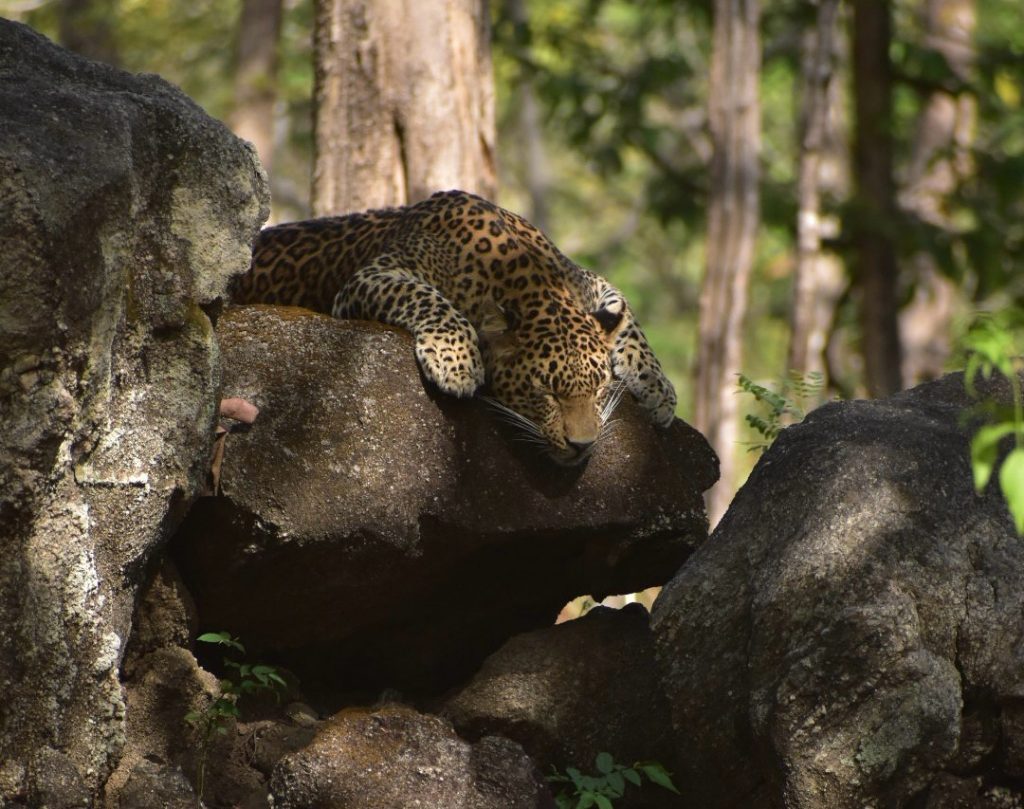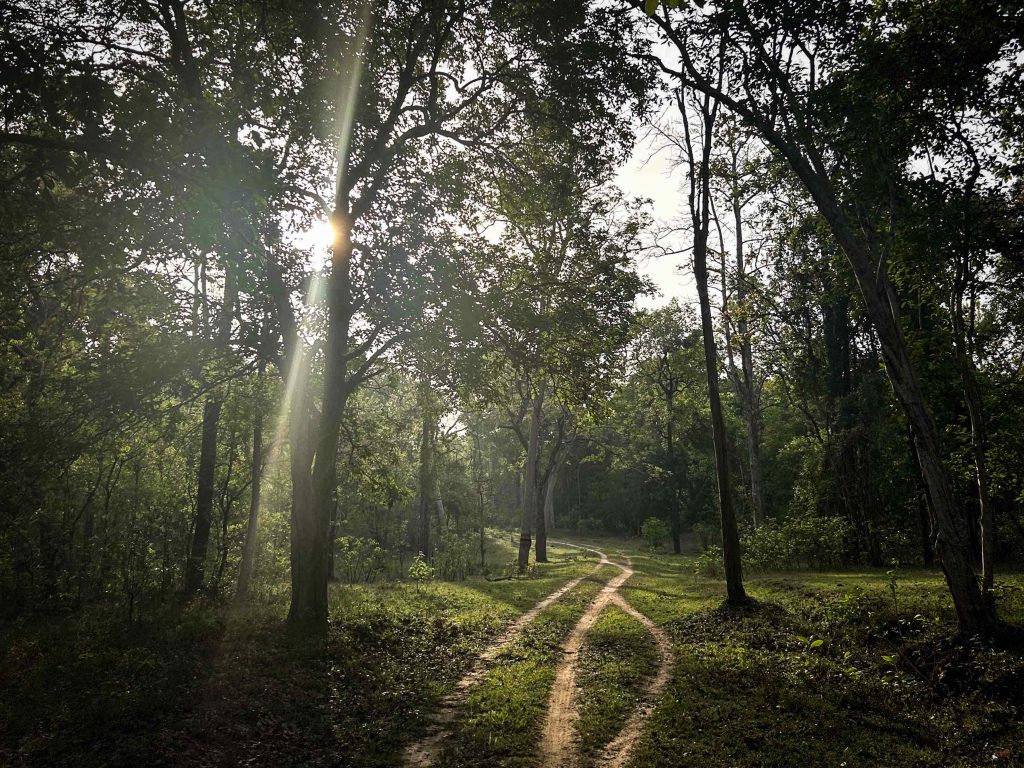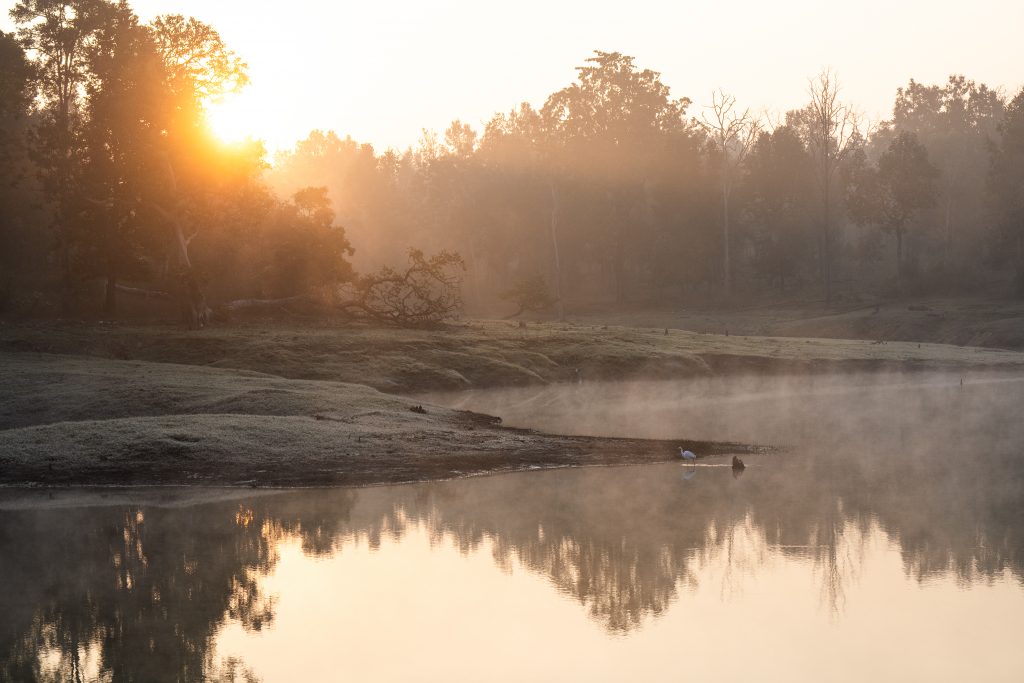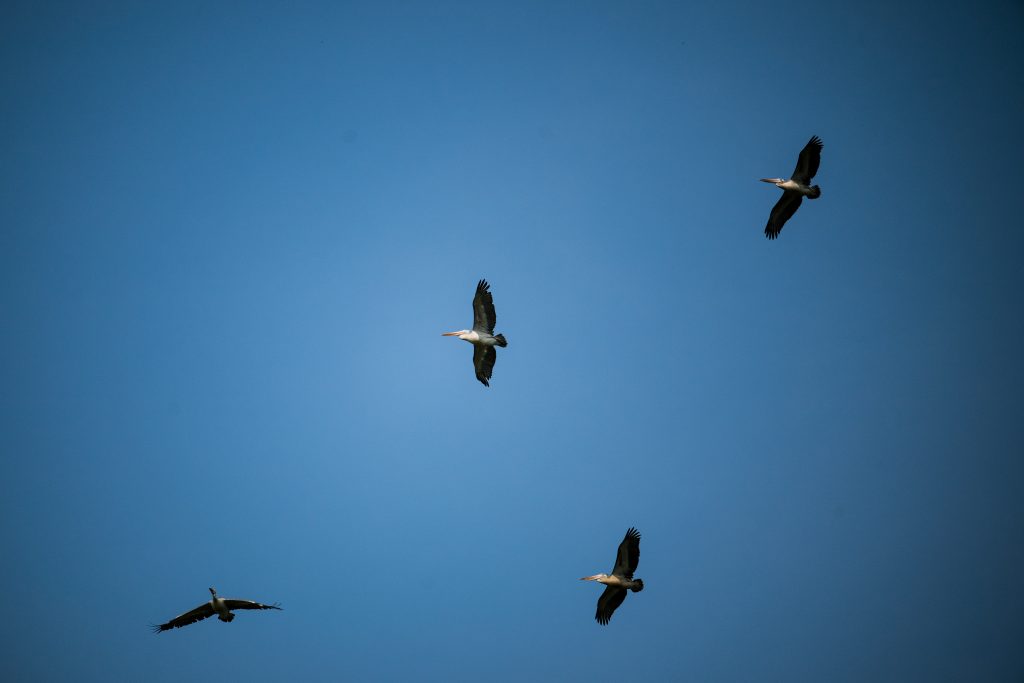SEASONS OF PENCH NATIONAL PARK
Pench National Park is a national park situated in the Seoni and Chhindwara districts of Madhya Pradesh. The park consists of Pench Tiger Reserve. The river Pench flows through the national park, dividing the park into halves. Throughout the seasons of Pench, visitors can encounter a wide variety of animals such as tigers, leopards, deer, sloth bears and Indian gaurs can be found here.
Pench Tiger Reserve, Straight out of The jungle book’ Sprawling across the states of Madhya Pradesh and Maharashtra, is a haven for wildlife enthusiasts and nature lovers. Renowned for its Beautiful landscape and thriving population of big cats, this reserve is a treasure clutter of biodiversity. Visiting Pench is a year-round adventure, with each season bringing its own unique charm and opportunities for exploration. Let’s dive into how each season shapes the landscape and wildlife of this magnificent park.
Post Monsoon – October
October marks the transition from monsoon to winter, and Pench Tiger Reserve starts to reopen its gates for safaris. The forest is at its most vibrant, with fresh, lush greenery and rejuvenated water bodies. The weather is mild, making it a comfortable time for exploration.

Wildlife activity picks up as animals move more freely with the abundance of food and water. This period is excellent for spotting various herbivores and the predators that follow them. The dense undergrowth, however, can make tiger sightings more challenging, but the overall beauty of the reserve compensates for it.
Also Read: A Complete Guide To The Entry Gates in Pench National Park
Winter (November to February )
Winter is an ideal time to visit Pench Tiger Reserve, a period when the park’s core zone routes are fully open, revealing a landscape lush and vibrant from the recent monsoon. As winter approaches, the weather remains pleasantly cool, ranging from 5°C to 25°C, offering a comfortable climate for safari adventures, whether you’re setting out early in the morning or later In the afternoon.
This season sees heightened activity among the reserve’s wildlife, making it an excellent time to spot tigers, leopards, deer, and a variety of other animals. Birdwatchers will find particular delight in winter, as migratory birds arrive in significant numbers.

Water bodies like Bodanala become hotspots for bird watching, where species such as the Pintail, Red-Crested Pochard, Storks and various ducks gather. Along the Pench River, one might witness the dramatic sight of an osprey diving to catch fish for its chicks, adding to the vibrant tapestry of the reserve. During winter, you might often see a leopard on the rock as they try to warm their body —an opportunity that’s rare and perfect for photography.
Spring ( February to March )
Spring in Pench National Park is a time of vibrant renewal. As the winter chill fades, the forest awakens with a burst of colours and life. Flowers bloom in vivid hues, painting the landscape with their beauty. The air is filled with the sweet scent of blossoms and the melodic songs of birds. Wildlife, including tigers, leopards, and deer, become more active, taking advantage of the warmer weather. Safaris during this season offer a chance to witness the rejuvenation of nature, making spring an ideal time to explore the rich biodiversity and serene beauty of Pench.

February to late March is a prime time for butterfly enthusiasts. The warmer temperatures and blooming flowers create perfect conditions for butterflies to thrive. These delicate creatures are particularly active, fluttering through the air and feeding on nectar.
Spots like Alikatta and the Pench River are ideal for observing butterflies engaging in mud-puddling, where they extract essential minerals from moist soil. The forest becomes a colourful tapestry of fluttering wings, offering a captivating sight. Spring in Pench is a remarkable opportunity to witness the diverse and vibrant butterfly population in their natural habitat. During these months, the weather is pleasant, and the park is lush with new growth, making it an ideal time to see butterflies and other wildlife at their most active.
Also Read: The Ultimate Guide To Explore Rukhad Sanctuary in Pench

Summer ( March to June )
As the temperature gradually rises and summer starts, Pench landscape and activity change under the sun’s intense heat. From March, early mornings remain pleasant, but temperatures can soar up to 45°C during the day. For dedicated wildlife enthusiasts, this is a prime time for sightings.
The dry season and intense heat force animals to gather around the remaining water sources, increasing the likelihood of spotting tigers and other wildlife. The forest sheds its foliage, creating a more open landscape that makes it easier to observe animals. Early morning and late afternoon safaris are recommended to avoid the peak heat and catch the wildlife during their most active periods. Despite the harsh conditions, summer offers a thrilling opportunity to witness the raw beauty and struggle of life in the wild.
A few water bodies become hotspots during this time. Jhandimata Talab, where the tiger likes to sit to fight the heat, is one such spot. If they are not there, deer, wild boar, langur, and many birds frequent this water body. Late evening safaris offer great chances to see a leopard around this area, and even black leopards have a territory around Jhandimata.
Also Read: Famous Tigers of Pench National Park

Another significant spot is Alikata Fireline Saucer, where the forest department fills water with a tank during summer, attracting a variety of wildlife. This water source is used by many predators like wild dogs, leopards, and tigers. If you get really lucky, you might even see the dominant tiger of Pench, chilling at this water source.
Summer in Pench, despite its harsh conditions, is a season of incredible wildlife encounters, https://ticnegocios.camaradesevilla.com/ where the scarcity of water brings animals out into the open, The rare summer migratory bird Indian Pitta the Navranga the bird of nine colours comes to Pench in summer, One can witness Indian Paradise Flycatcher taking a dip in water pool while the jungle reverberates with a variety of cuckoo calls.
Also Read: Black Leopard in India
Pre Monsoon ( Mid June to End June )
Pre-monsoon in Pench National Park, spanning from mid-June to the end of June, is a unique and vital period marked by significant natural activity. As the weather begins to cool down from the intense summer heat, the park transforms into a haven of rejuvenation and preparation. This period is crucial for birdlife as well, with numerous species embarking on nesting activities. The air is filled with the sounds of birds building nests, caring for their young, and preparing for the rain.

Wildlife sightings remain excellent during this time as animals become more active in the cooler weather. Predators like tigers and leopards are often seen near water bodies, taking advantage of the remaining water sources before the monsoon rains replenish them. Herbivores such as deer, Indian Gaur, and wild boar are also frequently spotted, foraging and preparing for the upcoming season.
The core zone of the park remains open till June end, allowing visitors to witness this vibrant period of activity. This season offers a unique blend of pleasant weather and rich wildlife activity, making it an excellent time to explore Pench and experience its diverse ecosystem in transition.

Monsoon ( July to September)
Monsoon brings a rejuvenating charm to Pench Tiger Reserve. The rains breathe new life into the forest, turning it into a verdant paradise. Usually, in central India, the first showers arrive in mid-June, followed by heavy rains from July to September. However, it’s essential to note that the core areas of the reserve are closed for safaris during this period to allow the forest and its inhabitants a chance to recuperate.
While safaris might be restricted, the buffer zones remain accessible, offering a different but equally enriching experience. If you’re looking for a luxurious stay and want to escape the stress of the city, you can still visit this place and enjoy a majestic experience at the luxurious resorts in Pench. The landscape is dotted with waterfalls and streams, and the flora flourishes. This is the time to appreciate the smaller details of the ecosystem. You can see large herds of deer in their full glory and have great sightings of herbivores.

The Indian Gaur looks massive due to the abundance of food, and the monsoon migratory bird, the Jacobin Cuckoo or Pied Cuckoo, can be seen and heard with its beautiful voice. Additionally, a diverse array of insects and amphibians emerge with the rains, adding to the richness of the experience. Monsoon in Pench transforms the reserve into a lush, thriving ecosystem, highlighting the beauty and complexity of nature’s cycles.
Visiting Pench Tiger Reserve offers a captivating journey through diverse seasons, each unveiling unique wildlife experiences and stunning landscapes. Whether witnessing the vibrant life post-monsoon, the active fauna of winter, or the intense yet rewarding summer, Pench remains a must-visit destination for nature and wildlife enthusiasts year-round.
When in Pench, staying in Pench Tree Lodge by Pugdundee could be an option you can explore. Pench Tree Lodge, a wildlife resort in Pench, is the refuge of the au courant, adventurous and eco sensitive ‘Mowgli’. Our well-appointed tree houses and luxury cottages are nestled in the undisturbed 16 hectares of forested area in the small ‘Sarrahiri’ village of Pench Tiger Reserve in the Karmajhiri area.
Written by Vishal Sharma, Naturalist at Pugdundee Safaris




